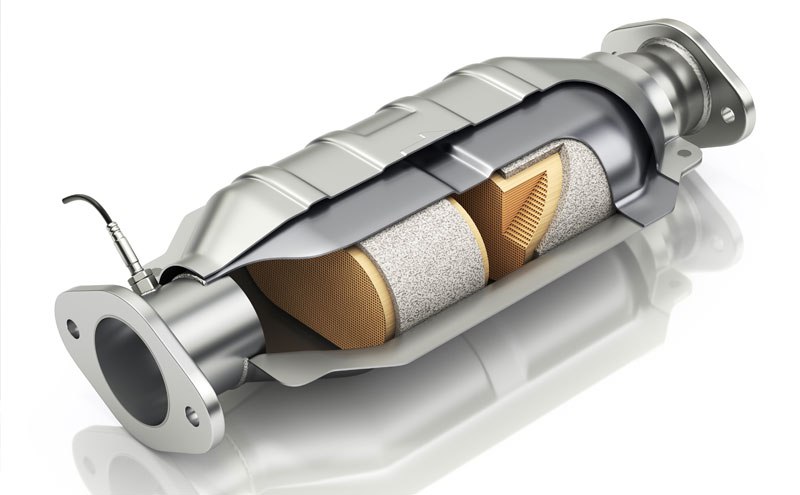An Oil to Resist Thinning from Extreme Heat and Mechanical Activity Extreme summer heat combined with slow-moving rally or parade traffic can pose big problems for you and your motorcycle. As heat intensifies, motor oil loses viscosity and becomes thinner. The oil can become so thin that the engine loses oil pressure, causing the oil-pressure […]
You are browsing archives for
Tag: airflow
How Oil Consumption Affects Your Turbo D...
How Oil Consumption Affects Your Turbo Diesel’s Exhaust System Mark Nyholm|Aug 13, 2018 9:41 AM Ever wonder why engines have that long wiry thing with the small plastic handle? A.K.A. the dipstick? “Come on, Mark, it’s for measuring proper engine oil volume,” you say. Sure, but here’s the million-dollar question: How often should you pull the […]

